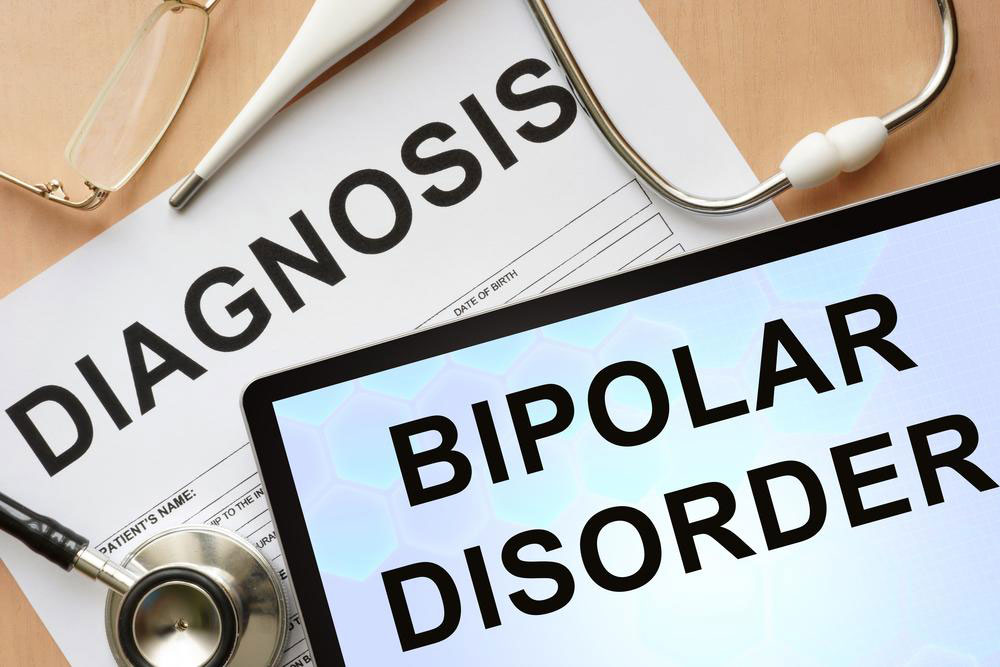Understanding Bipolar Disorder: Key Facts You Should Know
Learn essential facts about bipolar disorder, including its types, causes, symptoms, and diagnosis. Early recognition and proper management are key to living well with this mental health condition. Understand how mood swings affect individuals and the importance of timely medical intervention to improve quality of life.

Understanding Bipolar Disorder: Key Facts You Should Know
Mental health awareness is often overlooked due to misconceptions or undervaluing mental illnesses compared to physical health issues. It is crucial to recognize that conditions like bipolar disorder are serious and can significantly impact a person's life if left untreated.
Approximately 5.7 million adults in the country are affected by bipolar disorder annually. Without proper management and treatment, this condition can become overwhelming for individuals and their families.
Bipolar disorder is a significant mental health condition that can affect people of all ages. Proper medical intervention, along with coping strategies, can help individuals live more stable and fulfilling lives, despite the challenges posed by the disorder.
Continue reading to learn essential facts about bipolar disorder and why timely recognition matters.
What is bipolar disorder?
Bipolar disorder involves rapid and unpredictable mood swings, swinging between episodes of mania—characterized by elevated energy—and depression, marked by feelings of deep sadness or suicidal thoughts.
This disorder can impact anyone, including children, women, and men. Research indicates women are more susceptible, though the reasons remain unclear.
Diagnosing bipolar disorder can be tricky, as it is often mistaken for normal mood variability. Recognizing warning signs like prolonged feelings of euphoria, risky behaviors, sleep disturbances, or suicidal ideation can aid early diagnosis.
The types of bipolar disorder
There are three main types: Bipolar I, Bipolar II, and Cyclothymia, each with its own symptom severity and pattern.
Bipolar I features at least one manic episode, which may be preceded or followed by depressive or hypomanic episodes. It affects both genders equally.
Bipolar II involves major depressive episodes lasting up to two weeks, along with hypomanic episodes lasting around four days. It is more common among women.
Cyclothymia presents with frequent, milder mood swings between hypomania and depression, with less intense symptoms than other types.
Understanding causes of bipolar disorder
The exact causes remain uncertain, but potential factors include:
Genetics: Family history, such as having a parent or sibling with bipolar disorder, increases risk.
Brain structure: Abnormalities in brain anatomy or function can contribute to the disorder.
Environmental influences: Stressful life events, trauma, or physical illnesses can trigger symptoms.
Diagnosis methods
Diagnosis primarily depends on identifying key symptoms, along with these approaches:
Physical evaluation: Complete physical exams, blood, and urine tests help exclude other issues.
Mental health assessment: Consultation with psychologists or psychiatrists to evaluate mental state.
Mood tracking: Patients may be asked to keep a journal of their feelings and mood shifts for better assessment.
Keywords: bipolar signs, mental health assessment, mood swings, bipolar treatment










